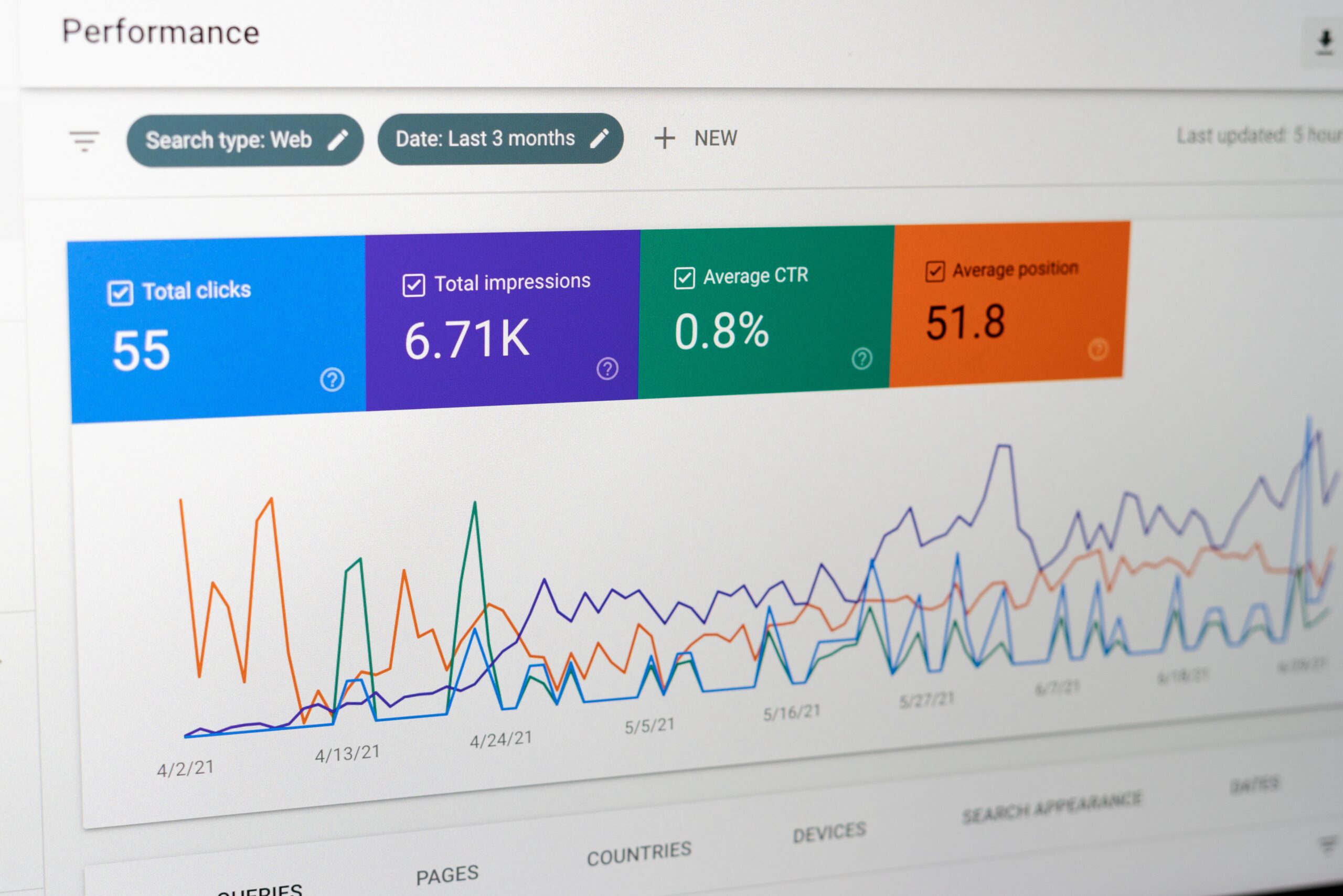The 2020s have brought significant changes to the software monetization landscape, driven by a variety of evolving strategies and accelerating digital transformations brought about by the COVID-19 pandemic. As the world navigated through the crisis, the software industry experienced a paradigm shift, leading to new methodologies and trends that have, subsequently, spurred a growing focus on adapting to a post-pandemic tech landscape.
A Rapidly Changing Sector
Over the last few decades, software monetization has undergone a transformative journey. Historically, software was predominantly sold through perpetual licenses or one-time purchases, but amidst the rise of cloud computing and software-as-a-service (SaaS) models, this traditional approach saw significant disruption. The shift towards subscription-based and usage-based pricing models gained momentum in the late 2010s, enabling greater flexibility and scalability for both software vendors and users.
More recently, the COVID-19 pandemic was another catalyst for software industry change, intensifying the need for remote collaboration tools, e-commerce platforms, and digital infrastructure. This surge in demand prompted software vendors to rethink their monetization strategies, leading to the increased adoption of subscription models and the acceleration of digital transformation initiatives. Additionally, the pandemic highlighted the importance of software monetization to sustain innovation and business continuity, further fueling the evolution of the sector.
Recent Shifts in Methodology
Today, software monetization comprises several crucial and ever-changing methodological shifts – most of which have had a far-reaching impact on affiliated sectors. These trends have included:
Subscription Economy Dominance: The subscription-based model emerged as the dominant software monetization methodology, offering continuous value, regular updates, and improved customer engagement. Businesses increasingly embraced recurring revenue models, which provided stability and long-term growth potential.
Usage-based Pricing: As businesses sought greater flexibility and cost optimization, usage-based pricing gained popularity. This approach allows customers to pay for software based on their actual usage, aligning costs with value and offering scalability.
Value-based Pricing: A shift towards value-based pricing is underway, where software vendors align pricing with the value delivered to customers. This approach focuses on outcomes, ROI, and customer success, allowing businesses to demonstrate tangible value and justify pricing.
Monetizing Data and Insights: With the proliferation of data, software vendors are exploring opportunities to monetize insights derived from their platforms. By offering data-driven analytics, businesses can create additional revenue streams and enhance the value proposition for customers.
Hybrid Models: Software monetization is increasingly embracing hybrid models that combine multiple methodologies. Hybrid approaches may include a combination of subscription-based pricing, usage-based billing, and value-based elements, allowing vendors to cater to diverse customer segments effectively.
Parallel Changes in Social Advertising and Digital Infrastructure
Software monetization is particularly intertwined with social advertising and digital infrastructure. As businesses increasingly rely on digital platforms and online marketing, the convergence of software monetization and these industries is becoming more evident. This fact is evident through additional shifts such as:
Targeted Advertising: Software vendors are leveraging user data and analytics to enable targeted advertising within their platforms. This allows them to generate additional revenue streams by offering advertising space to relevant advertisers.
Ad-Enabled Freemium Models: Freemium models incorporating advertising as a revenue stream are gaining popularity. By offering a free version of their software supported by ads, vendors can attract a large user base while generating advertising revenue from businesses targeting their audience.
Infrastructure Optimization: As software usage and data volumes continue to surge, digital infrastructure plays a crucial role in software monetization. Cloud computing, edge computing, and robust data centers enable efficient software delivery, scalability, and improved user experiences.
The Future
Looking ahead, software monetization will continuously evolve to keep pace with rapidly changing market dynamics and technological advancements. For instance, as customer expectations change amidst economic pressure and subscription fatigue, personalized and tailored software experiences will become even more crucial – impacting how software professionals invest in customization capabilities, offer individualized features, and formulate pricing options.
Additionally, peripheral transformations in integrated AI and automation will likely revolutionize software monetization. AI-driven analytics and automated tools may enable vendors to optimize pricing, identify upselling opportunities, and streamline revenue management processes in a fraction of the time, allowing them to better allocate their focus and ultimately improve broad operations.
Such factors are just a few ways this expansive sector may continue to grow in 2023 and beyond.




